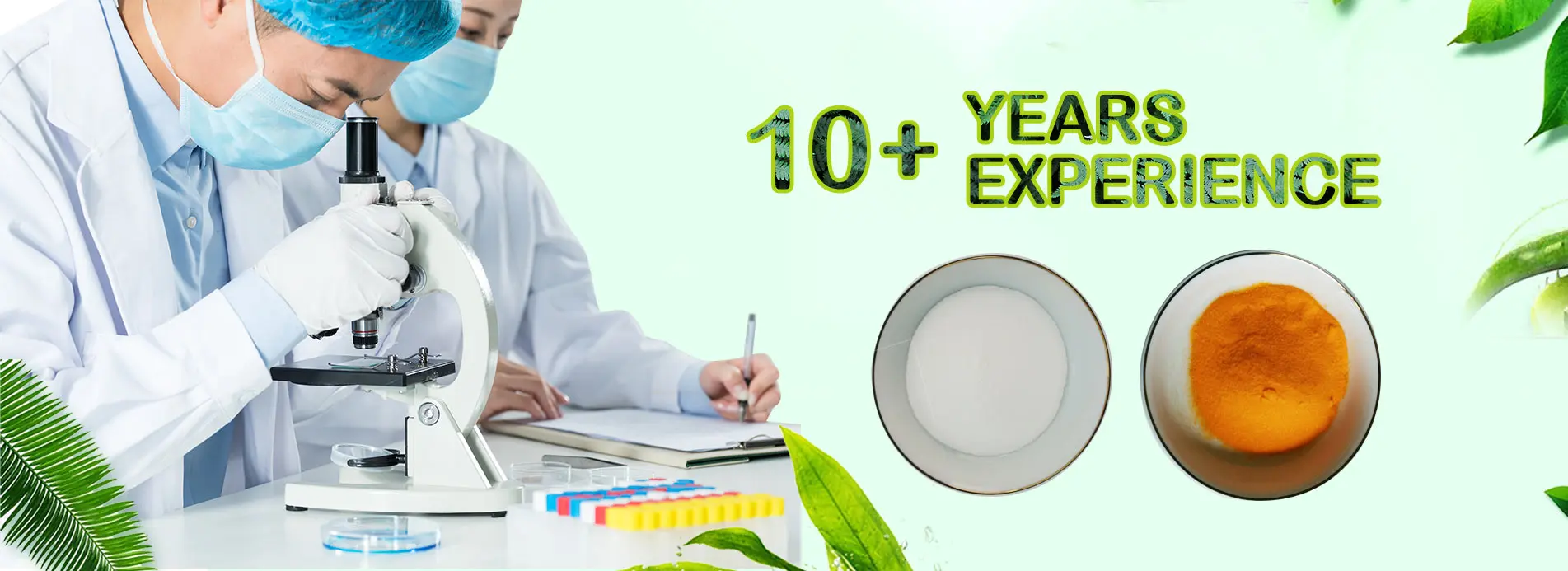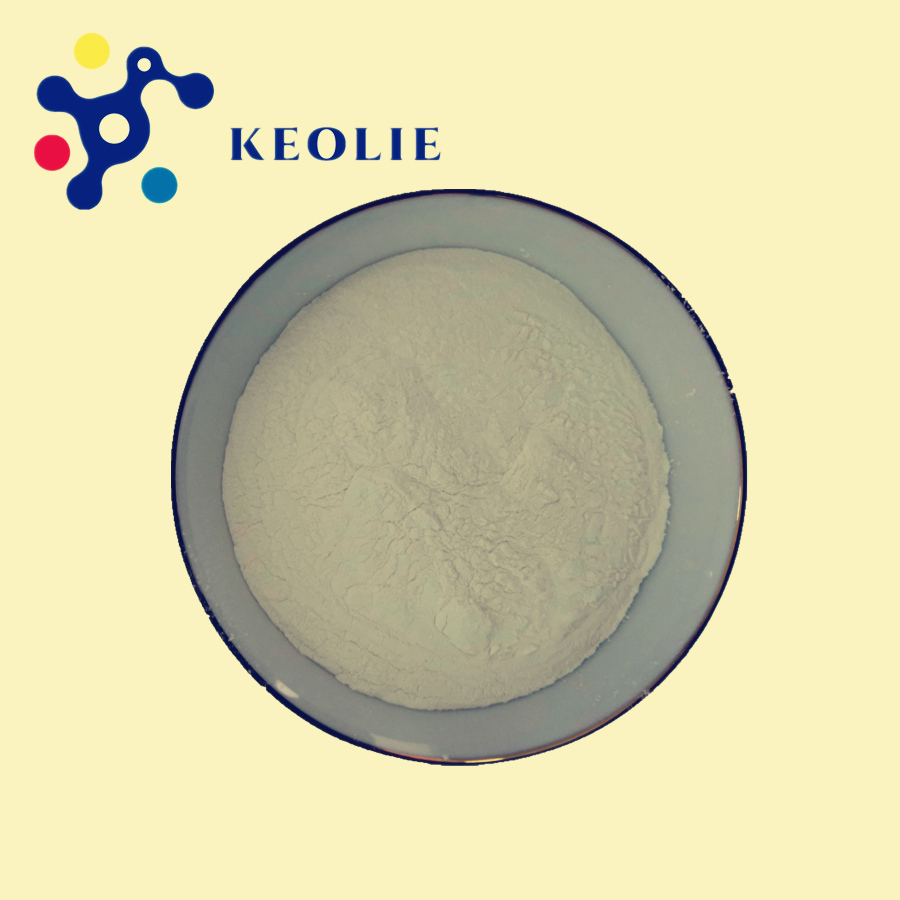
Hydrolyzed wheat protein may also be called Hyrolyzed Wheat Starch and may be seen as an amber liquid when it is in room temperature. It is naturally derived from wheat and has properties that can hydrate and improve moisture content
1-999 Kilograms
$30.00
1000-11999 Kilograms
$28.00
12000-49999 Kilograms
$25.00
≥50000 Kilograms
$20.00
pharmaceutical intermediates’ R&D, production and sales. We also produce international frontier dietary supplements such as
granulated powder, solid drinks, tea sachets, and tablets etc.
Hydrolyzedwheat peptide
Hydrolyzed wheat protein may also be called Hyrolyzed Wheat Starch and may be seen as an amber liquid when it is in room temperature. It is naturally derived from wheat and has properties that can hydrate and improve moisture content. Hydrolyzed wheat protein is also classified as wheat oligosaccharides which is a perfect source of a non animal source of protein for many personal care products such as shampoos and cosmetics.
Hydrolyzed wheat protein is also called phyto peptides which are often obtained from soybeans, wheat and corn.
Item | Specification | Item | Specification |
Protein (as is) (N x 6.25): | 80.0% | Total Nitrogen: | 12.8% |
Amino Nitrogen: | 0.5% | pH (6% solution): | 4.0~6.0 |
Moisture: | 6.0% | Ash Content: | 1.2% |
Total Carbohydrates (calculated): | 11.7% | Pepetide bound glutamine: | 35% |
Free glutamine | 1.2% | Solubility: | 180 g/L |

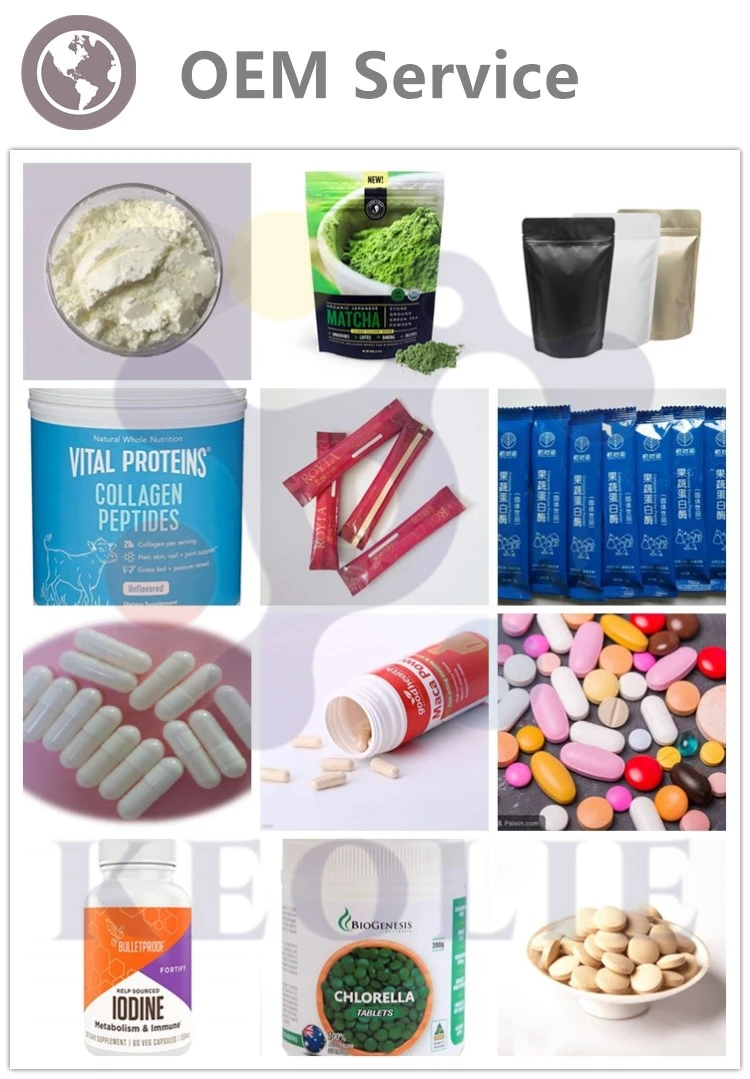
Function
which can improve wrinkles.
Application
Bakery
HWG softens dough and increases their machinability. It reduces the elasticity but increases the extendibility of dough. The
effects of HWG the parameters of the Chopin alveograph are as follows:
l P/L (parameter linked to elasticity): 10~30% decrease
l G (parameter linked to volume): 3~10% increase ;
HYDROLYSED WHEAT GLUTEN improves your yield in bread and bakery by:
l reducing kneading time
l making dough shaping regular
l inhibiting shrinkage
HWG is particularly designed for laminated products like croissants. The average dosage is about 0.4% of the flour weight. HWG
reduces waste time during the dough preparation and increases machinability and dough cohesion.
Recommendation
The addition level of HWG is in a range of 0.3 to 0.8% of the weight of flour, depending on its strength.
Application
HWG can be used in the following bakery products: bread, croissants, Danish pastries, pie, plum pudding, butter cake, sponge cake,
cream cake, pound cake …
Feed
HWG can be used as protein source to fortify feed nutrition. Because of its vegetable origin, it is free of concerns of bird flu,
BSE, and other concerns related to animal proteins.
Like wheat gluten, HWG should rate rather low on the Protein Efficiency Ratio (P.E.R.) scale (0.7~1.0) when compared to the
standard reference casein value (2.5). These values reflect a deficiency in the essential amino acid, lysine, a characteristic
shared by most cereal grains. Indeed, vegetable proteins in general rate low on the P.E.R. scale due to low contents of one or
more essential amino acids. Blends of different vegetable proteins often result in higher P.E.R. values than the arithmetic
average of the components.
Such is the case with wheat gluten, low in lysine but high in methionine and cystine, when blended with soy flour. High in lysine
but low in methionine, soy flour has a P.E.R. value of about 2.0. Blending soy flour and wheat gluten has a synergistic result: at
a wheat gluten/soy flour protein ratio of 30:70, a P.E.R. value of 2.4 is achieved. Similar effects are predictable for other food
systems where excess lysine is available from meat, milk solids or other sources. HWG in combination with other proteins can have
solid nutritional impact.
HWG is strongly recommended for ablactating for piglets and other animals.
Protein sources
HWG can be used a protein source for fermentation. Because of plant origin, it is easy for fermentation. It can be used to balance
protein content for any food that requires protein content level, such as soy sauce, milk powder


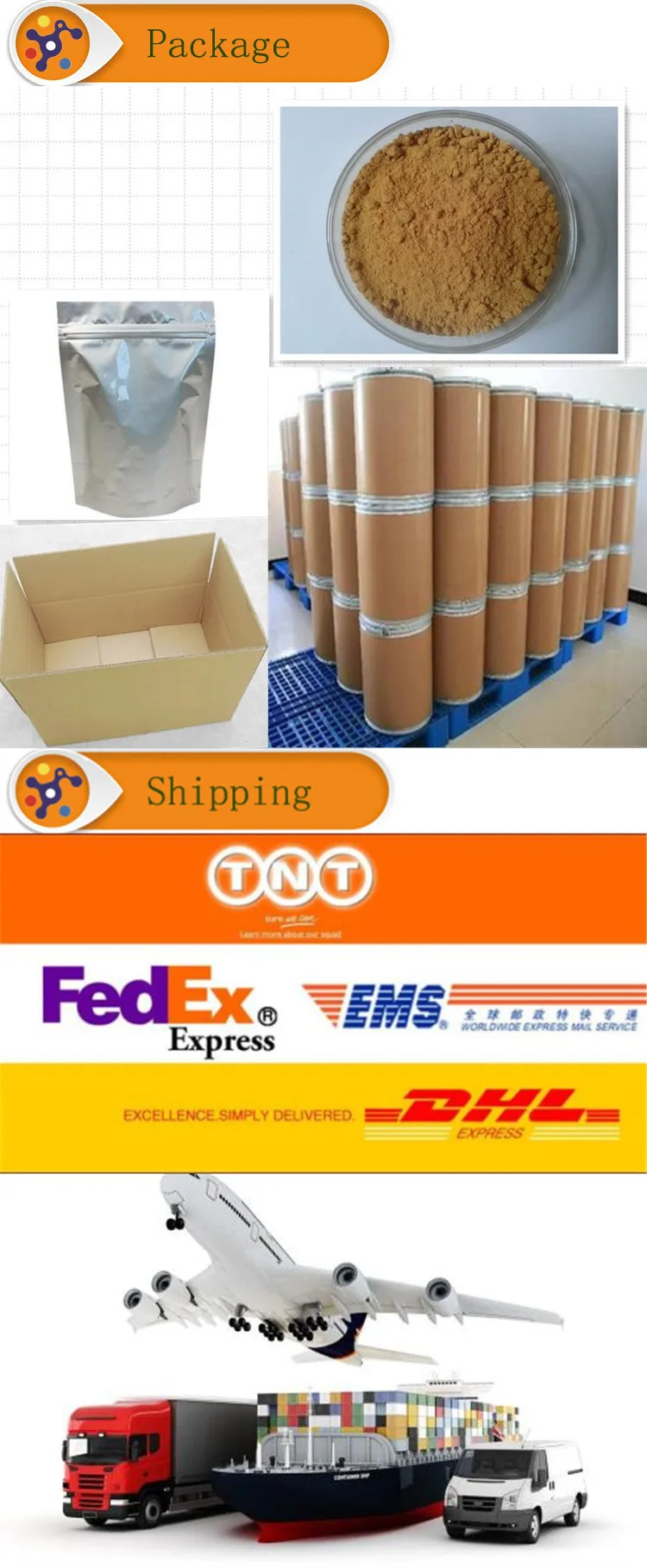
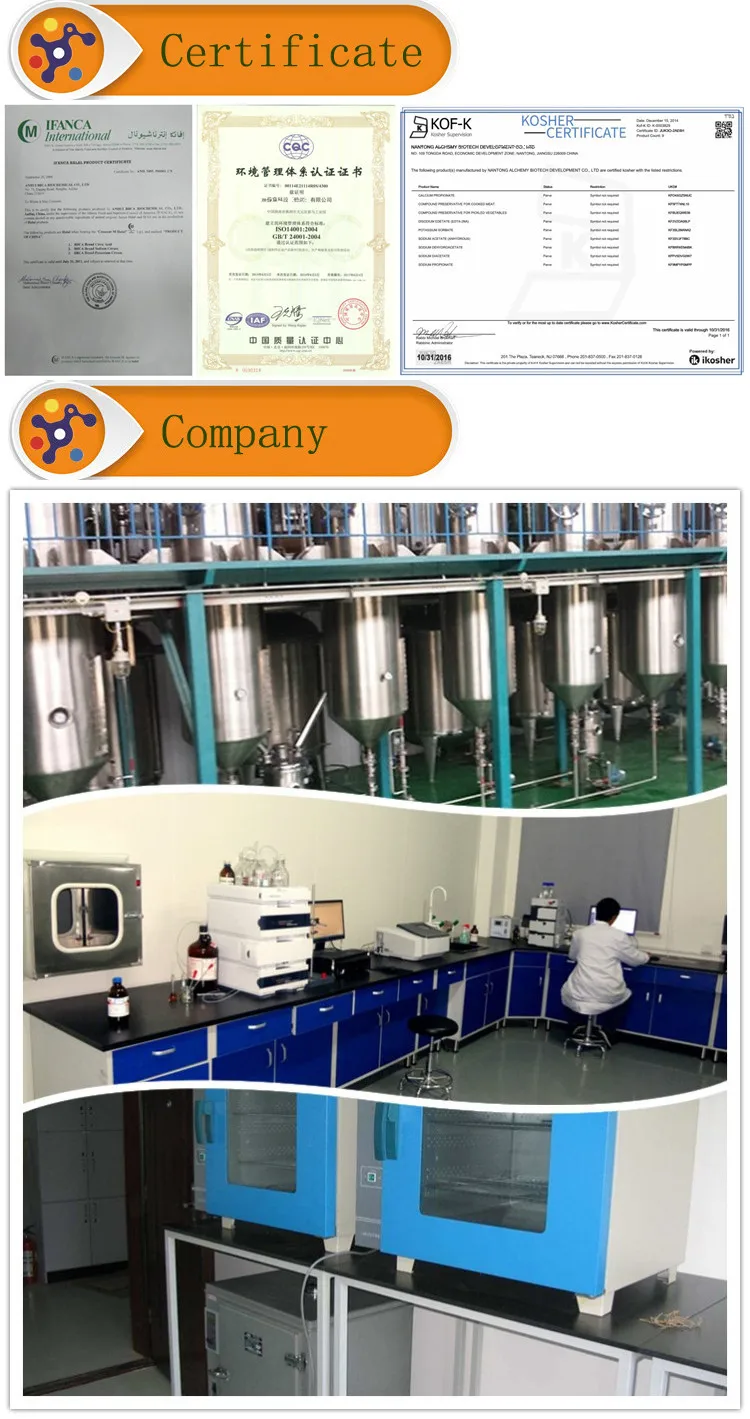
Scan the QR code with your phone, or visit the URL
- No.11 Tangyan south Road, High Tech Zone, Xi'an Shaanxi China
- +8618700976396
- [email protected]
